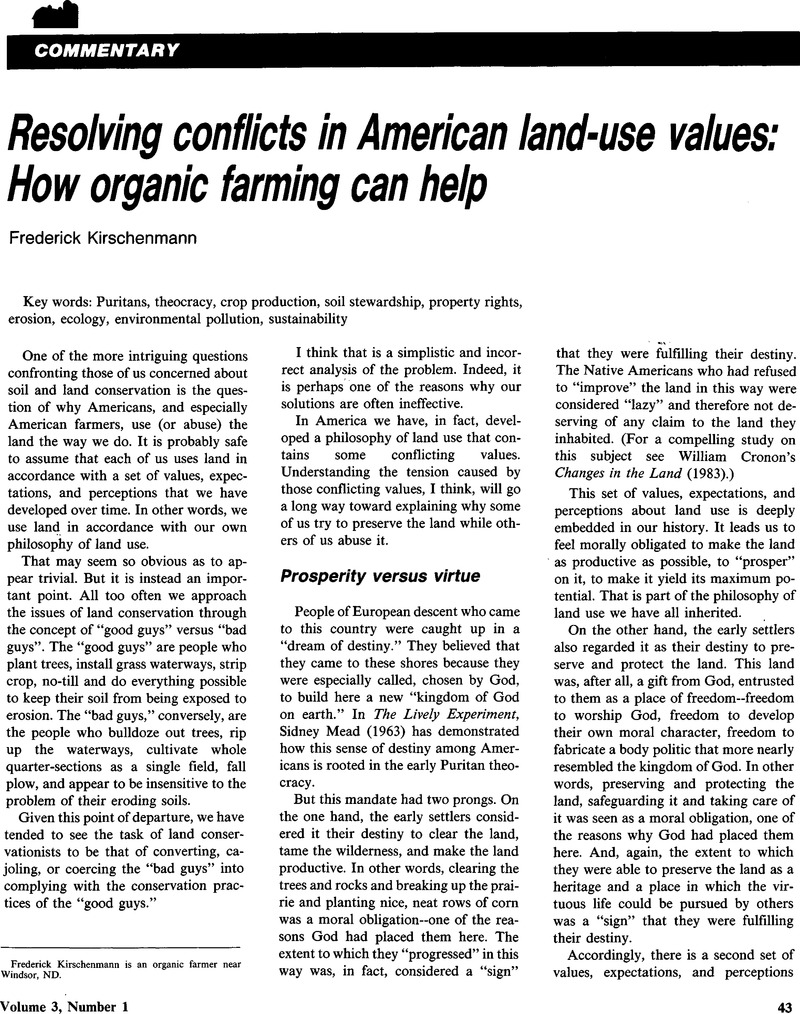Crossref Citations
This article has been cited by the following publications. This list is generated based on data provided by Crossref.
Schaefer, Peter R.
1989.
Trees and Sustainable Agriculture.
American Journal of Alternative Agriculture,
Vol. 4,
Issue. 3-4,
p.
173.
Tanaka, D.L.
Karn, J.F.
and
Scholljegerdes, E.J.
2008.
Integrated crop/livestock systems research: Practical research considerations.
Renewable Agriculture and Food Systems,
Vol. 23,
Issue. 1,
p.
80.
Kirschenmann, Frederick
2016.
Agroecosystems Analysis.
p.
167.



